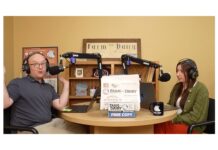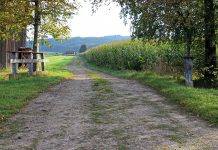You should do your first farm balance sheet when you start farming, not later. Don’t wait because you are not “big enough,” said Dianne Shoemaker, OSU Extension Specialist.
Other Farming 101 columns:
5 things young farmers should know about finances
5 items for your farm’s cash flow statement
Personal and business records: Keep them separate
What to include in your farm business plan
How to approach a lender: Tips for getting a farm loan
How to use microloans to get your farm started
Saving for the future: 6 tips for young farmers
How to create a farm safety kit
5 tips for child safety on the farm
4 tips for transporting livestock
The balance sheet is a snapshot of what the farm business owns (assets) and what it owes (liabilities). The difference is your farm’s net worth, or what you own free and clear of debt. So what is determined by a balance sheet?
1Personal balance sheet
Putting together a balance sheet to reflect personal assets and liabilities off the farm can be helpful in understanding your own net worth.
2
Assets
Current assets are cash or assets easily converted into cash and sold or consumed within a year. These assets can include: cash, savings and checking accounts, accounts receivable (money owed to the farm), crop and feed inventory to be sold or used as feed and market livestock. Intermediate assets have a useful life greater than a year but less than 10 years. These can include breeding livestock and machinery and equipment. Long term assets are those with a useful life of greater than 10 years. These can include farmland and buildings.
3
Liabilities
Current liabilities are debts due and payable within a year. Feed, supplies, repairs, veterinary bills, utilities and credit card balances not yet paid are included in this category. Intermediate and long-term liabilities include loans.
4 Net worth
After determining your farm’s total assets and liabilities, you can determine your farm’s net worth. Subtracting your liabilities from your assets will show you what you own free and clear of debt. Coming out negative may mean an evaluation of your cash flow is needed.
Source: Ohio Farm Business Analysis and Benchmarking Program, Ohio State University
(Farm and Dairy is featuring a series of “101” columns throughout the year to help young and beginning farmers master farm living. From finances to management to machinery repair and animal care, farmers do it all.)











